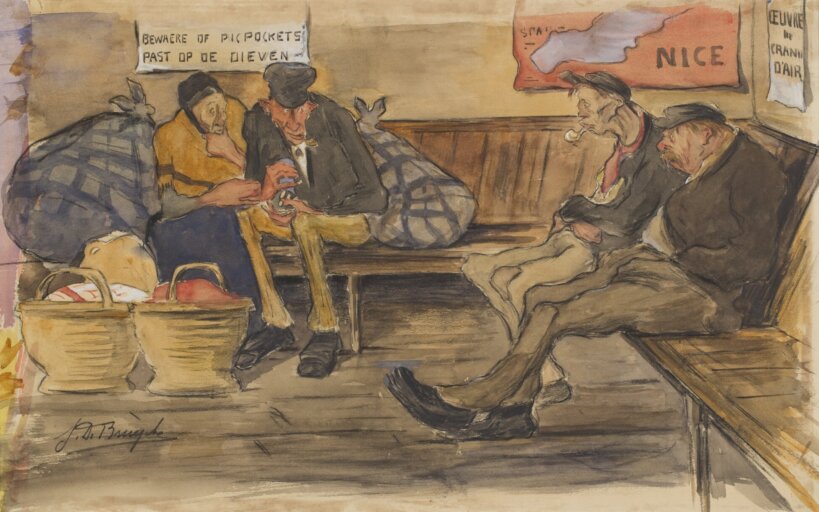In summer 2018, the Museum of Fine Arts Ghent (MSK) drew on its rich collection of drawings from its own collection. The central theme of the exhibition 'On paper' is the city of Ghent and the artists who came from, or settled in the city for short or long periods of time. For each of them, the artistic context or local life in Ghent was an inexhaustible source of drawing inspiration.
The museum brought out rarely shown gems in black-and-white and in colour, realised by both well-known and unjustly forgotten artists. The exhibition immediately marks the start of a series of handles from the MSK collection, with which we will explore lesser-known treasures from the print room in the coming years.
On paper
Drawings by Ghent artists from the museum’s collection